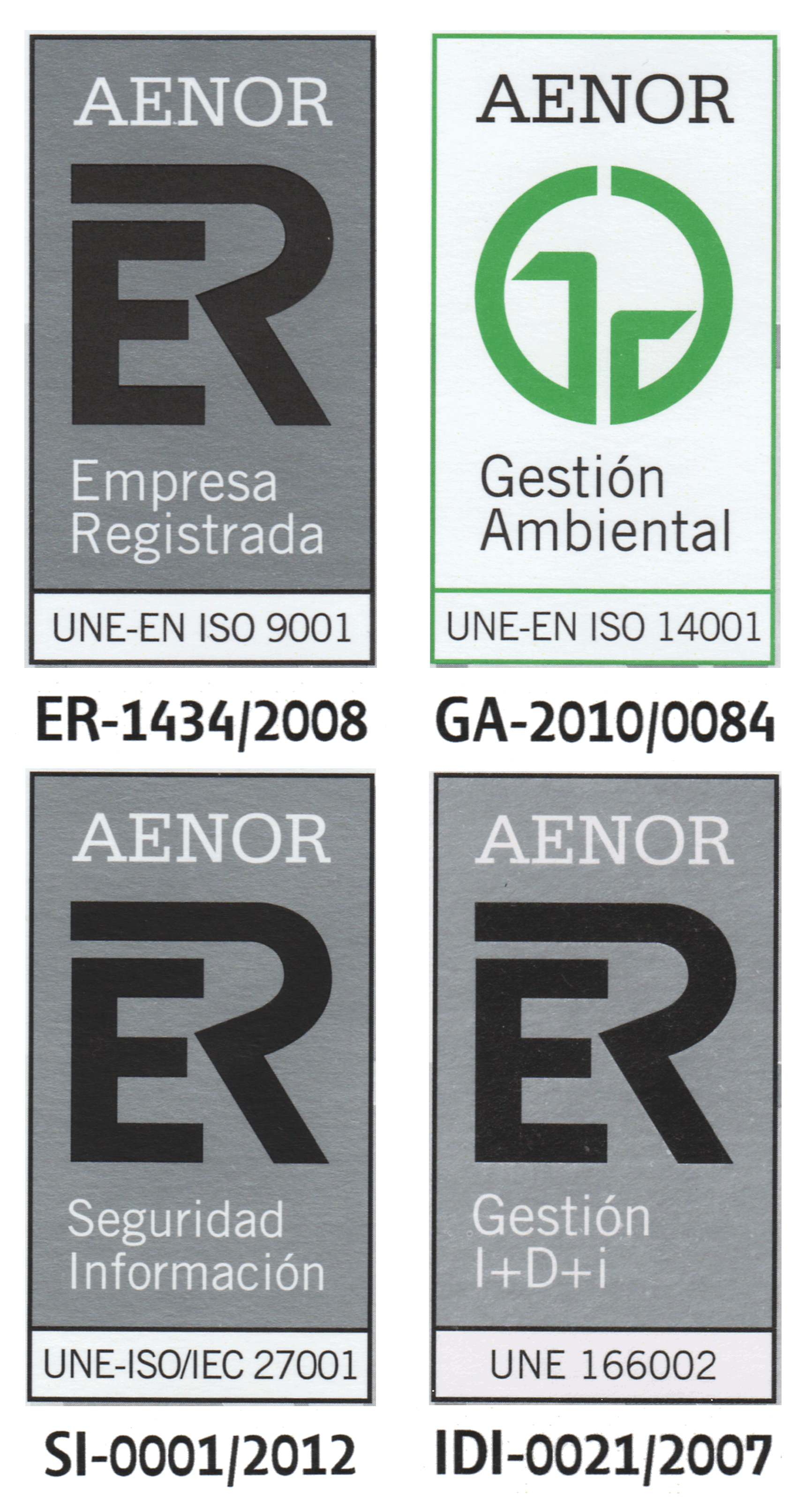Modeling Diel Vertical Migration with Membrane Computing
| Title | Modeling Diel Vertical Migration with Membrane Computing |
| Publication Type | Journal Papers |
| Year of Publication | 2021 |
| Authors | García-Quismondo, M., Hintz W. D., Schuler M. S., & Relyea R. A. |
| Journal Title | Journal of Membrane Computing |
| Publisher | Springer |
| Place Published | Amsterdam (The Netherlands) |
| Volume | 3 |
| Pages | 35-50 |
| Date Published | 03/2021 |
| Abstract | Climate change is disrupting ecological systems worldwide, including the alteration of animal migration behavior. Diel Vertical Migration (DVM) is an important ecological phenomenon in which zooplankton migrate vertically to deal with tradeoffs associated with greater food availability in shallow waters and lower predator risk in deep waters due to lower light availability. Because of these tradeoffs, DVM dynamics are particularly sensitive to changes in light intensity at the water surface. We propose a new computational model that captures the effect of the annual proportion of cloudy and sunny days on DVM in Daphnia and we use it to explore the impacts of an increased proportion of cloudy days that are predicted to occur with climate change. Our 2-dimensional, spatially explicit model integrates multiple trophic levels, from abiotic nutrients to Daphnia predators. Our model is parameterized based on data from Lake George, NY, USA. We analyzed the effect that different proportions of cloudy and sunny days throughout the summer, as well as different assumptions on predator avoidance dynamics of Daphnia, have on our model. The model simulations suggest that an increase in sunny days promotes a high phytoplankton concentration near the surface but does not necessarily promote an increased abundance of Daphnia. This is because high ultraviolet radiation levels deter Daphnia from migrating to shallow waters, even though phytoplankton biomass is higher, because the risk of predation is greater. Our model suggests that a higher proportion of cloudy days would increase Daphnia abundance due to a shift in the vertical distribution of Daphnia populations towards superficial waters. Our results highlight that climate changes in multiple regions, such as the frequency and duration of precipitation events, will affect animal migrations leading to altered food web dynamics in freshwater ecosystems. |
| Keywords | Daphnia, Diel vertical migration, Limnology, Mathematical modeling, Population Dynamics, simulation |
| ISSN Number | 2523-8906 |
| DOI | 10.1007/s41965-020-00038-y |



